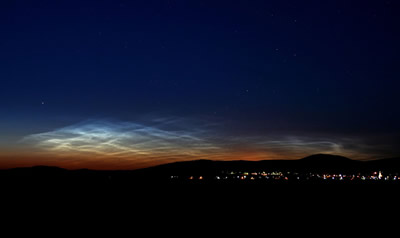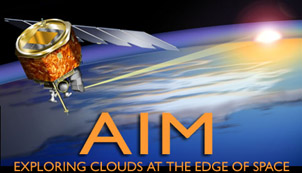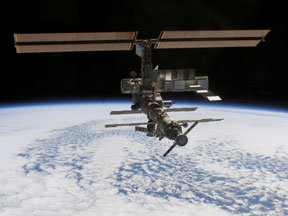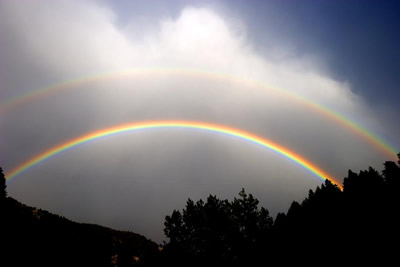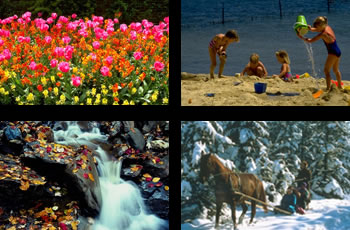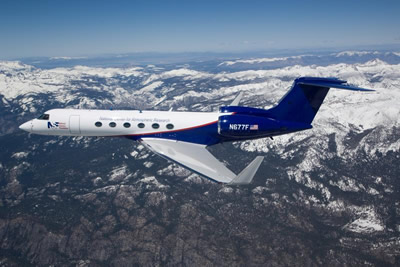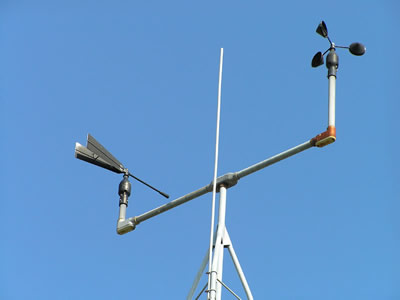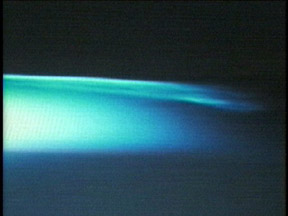
Courtesy of Don Pettit and NASA TV
Related links:
History of Observation of Noctilucent Clouds
Observations of noctilucent or "night-shining" clouds were first reported in the summer of 1885. The observations were made in northern Europe and Russia. In the late 1880’s, it was proposed that the clouds had a connection with the volcano dust thrown into the Earth’s atmosphere by the eruption of Krakatoa in Indonesia in 1883. This theory was later disproven. The first photos of these eerie clouds were taken in the late 1880’s.In the early 1900’s, many scientists were trying to figure out what made up these clouds. Some proposed theories included the fact that they were made of cosmic dust, water ice, or ice-covered cosmic dust. Knowledge about these clouds improved over the century with scientist Malzev proving that noctilucent clouds did not form just because volcano dust had been thrown into the Earth's atmosphere. More regular observations in Europe began around 1957 and the first rocket was launched into a noctilucent cloud in 1962. Also in 1962, regular North American observations of noctilucent clouds began. Around the same time the first noctilucent clouds were observed from the Southern Hemisphere.
In the more recent past, more ground-based observations and space satellites found out that noctilucent clouds are mainly made of water ice. How they form exactly and any ties they have to global climate change will be researched by the AIM satellite mission to be launched in 2006.
Crews aboard the International Space Station still routinely see noctilucent clouds while orbiting the Earth. You can be an observer of noctilucent clouds too and share that information with others on the Internet.






